Linqu canal
Lingqu, formerly known as the Qin Digging Canal, Zero Canal, Douhe Canal, Xing'an Canal and Xianggui Canal, is a great project created by the working people of ancient China. Located in Xing'an County of Guangxi Zhuang Autonomous Region, it was drilled into navigation in 214 B.C. Lingqu is one of the oldest canals in the world and has the reputation of "Pearl of Ancient World Water Conservancy Architecture". It flows from east to west, connecting the Ocean River in the east of Xing'an County (headwaters of Xiangjiang River, flowing from south to north) and the Da Rong River in the west of Xing'an County (headwaters of Lijiang River, flowing from north to south).
On August 13, 2018, Lingqu and other four projects were included in the World Irrigation Heritage List of 2018 (the fifth batch).
historical significance
The Lingqu's digging has connected the Xiangjiang River and Lijiang River, opened up the water passage between the north and the south, and provided an important guarantee for the Qin Dynasty to unify Lingnan. A large number of grain and grass were transported to Lingnan by water, and sufficient supplies were provided. In 214 B.C., the year Lingqu was opened to navigation, Qin soldiers conquered Lingnan, and then established Guilin, Xiangjun and Nanhai counties to formally incorporate Lingnan into the territory of the Qin Dynasty.
Lingqu connects the Yangtze River and the Pearl River, forming a water transport network throughout East China and South China. Since the Qin Dynasty, it has played a positive role in consolidating national unity, strengthening political, economic and cultural exchanges between the North and the South, and closing the contacts of people of all ethnic groups. Although Lingqu has been renovated for generations, it still plays an important role.
World Heritage Site
On August 13, 2018, the 69th International Executive Council of the International Irrigation and Drainage Commission, held in Saskatoon, Canada, announced the list of World Irrigation Heritage Sites in 2018 (the fifth batch). Among them, Lingqu and other four projects in China have all been declared successful.
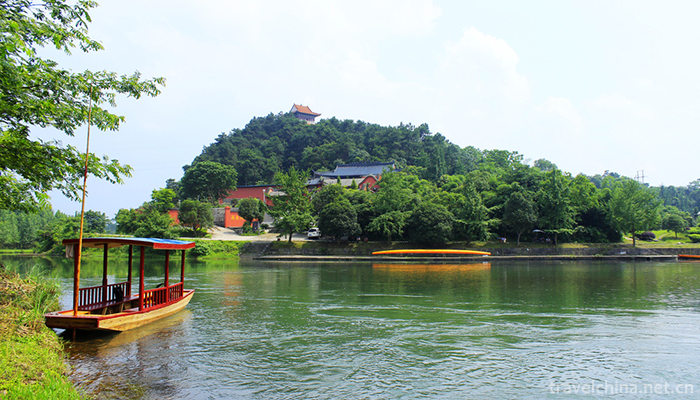
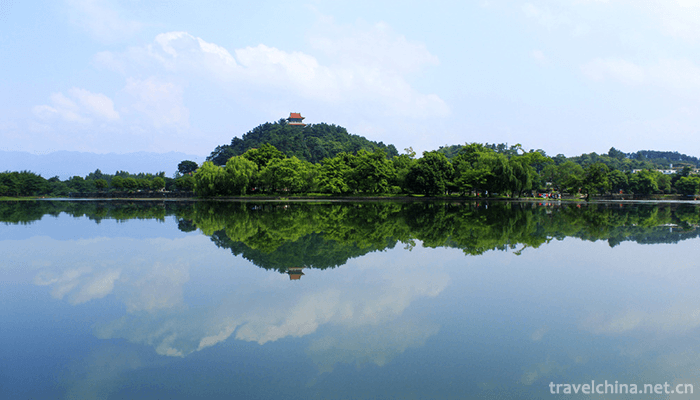
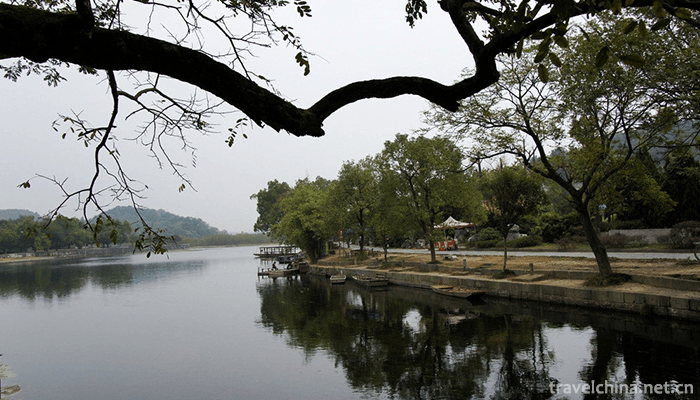
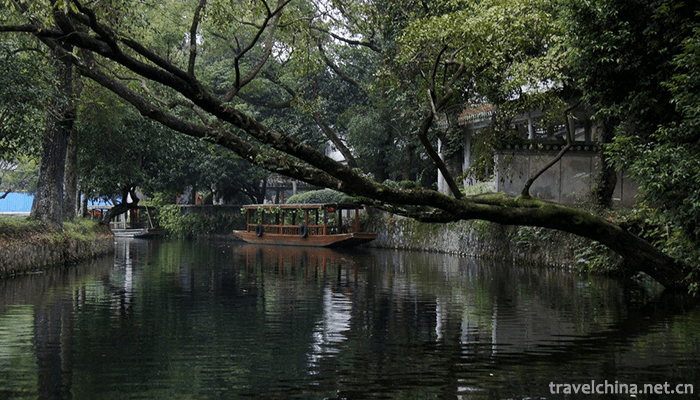
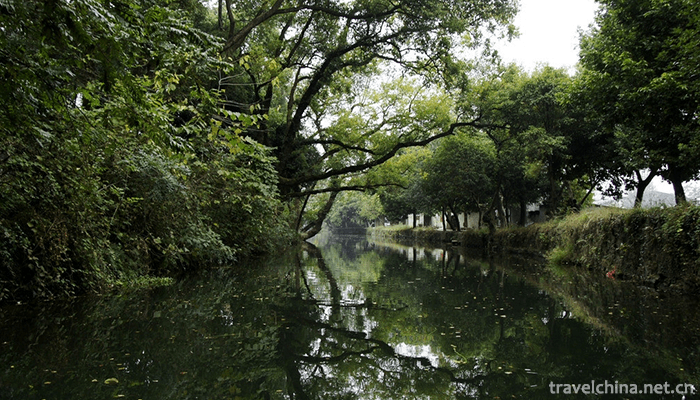
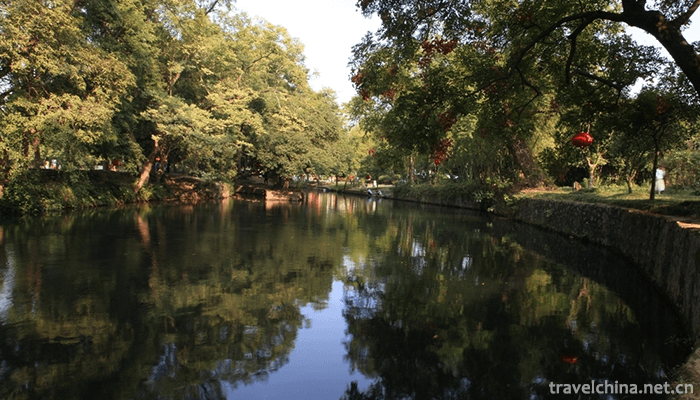


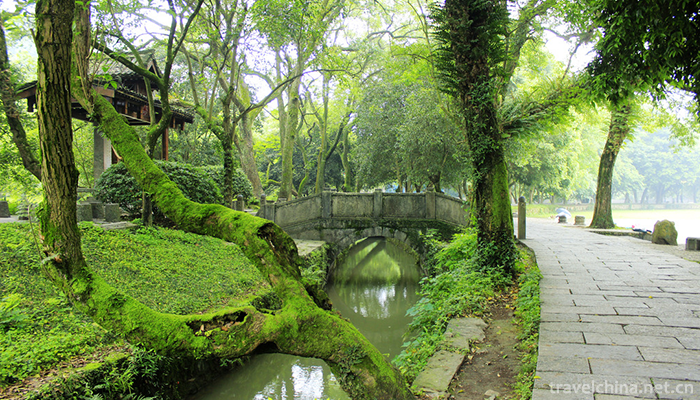
0 Questions
Ask a Question
Your email address will not be published.